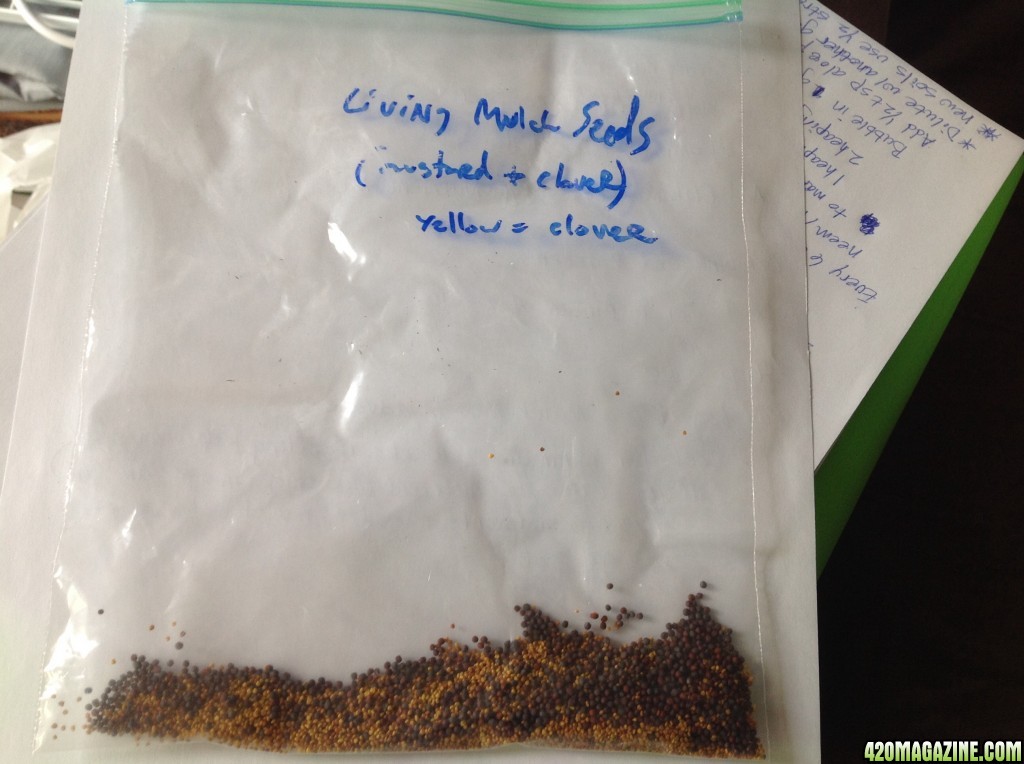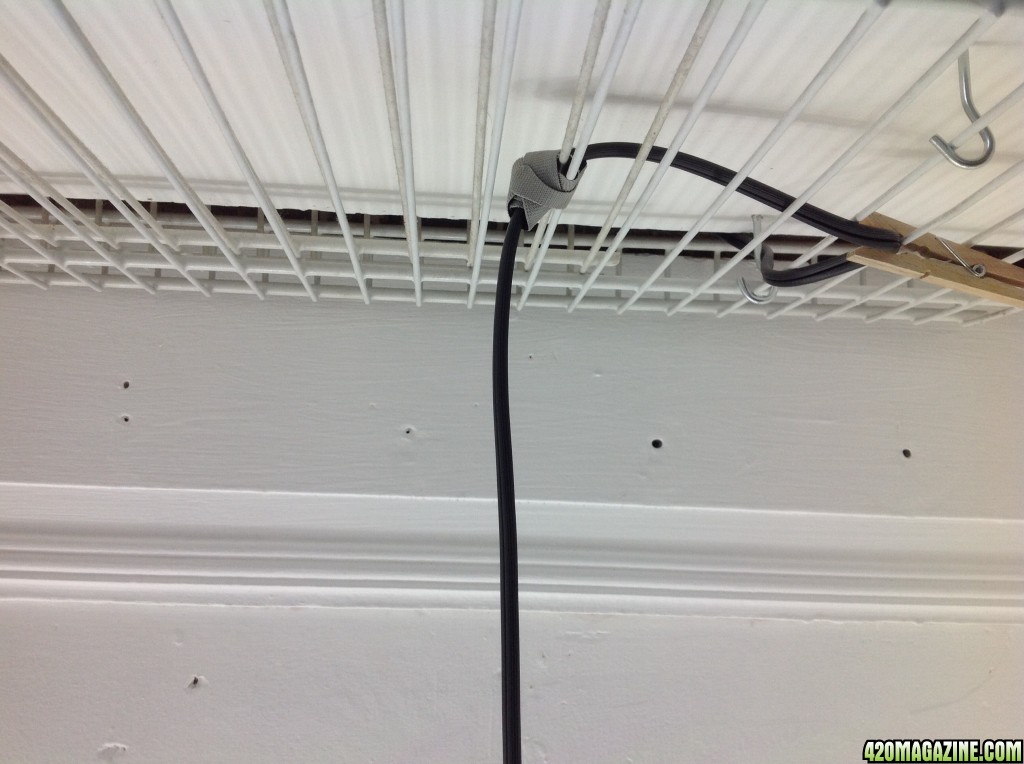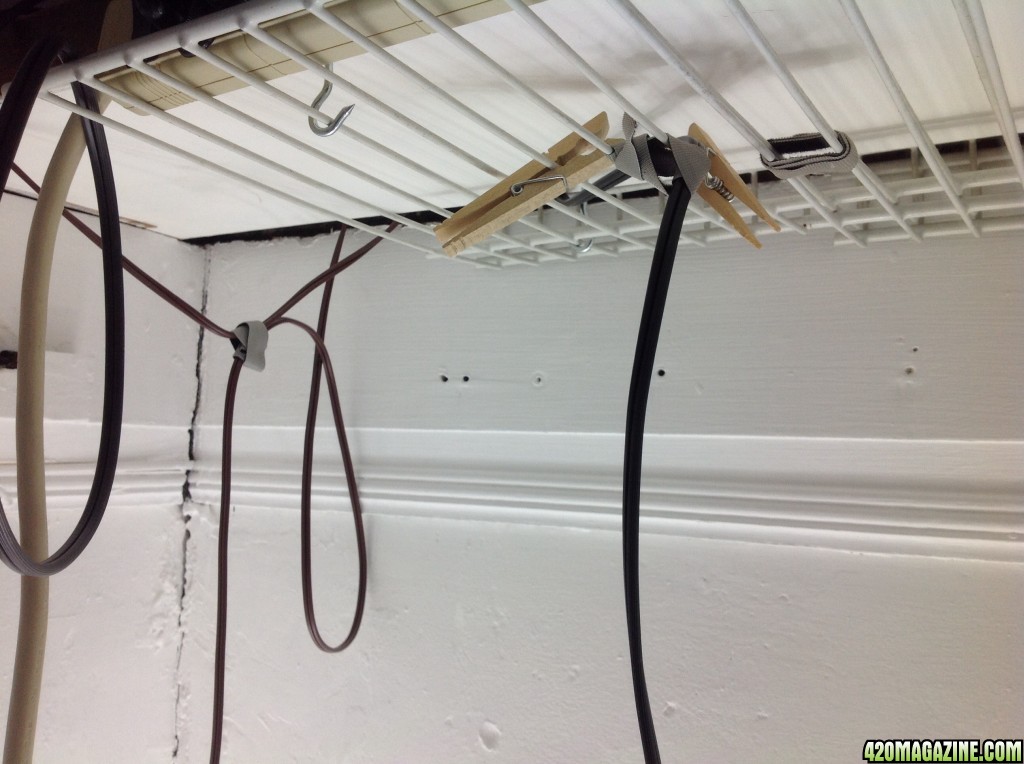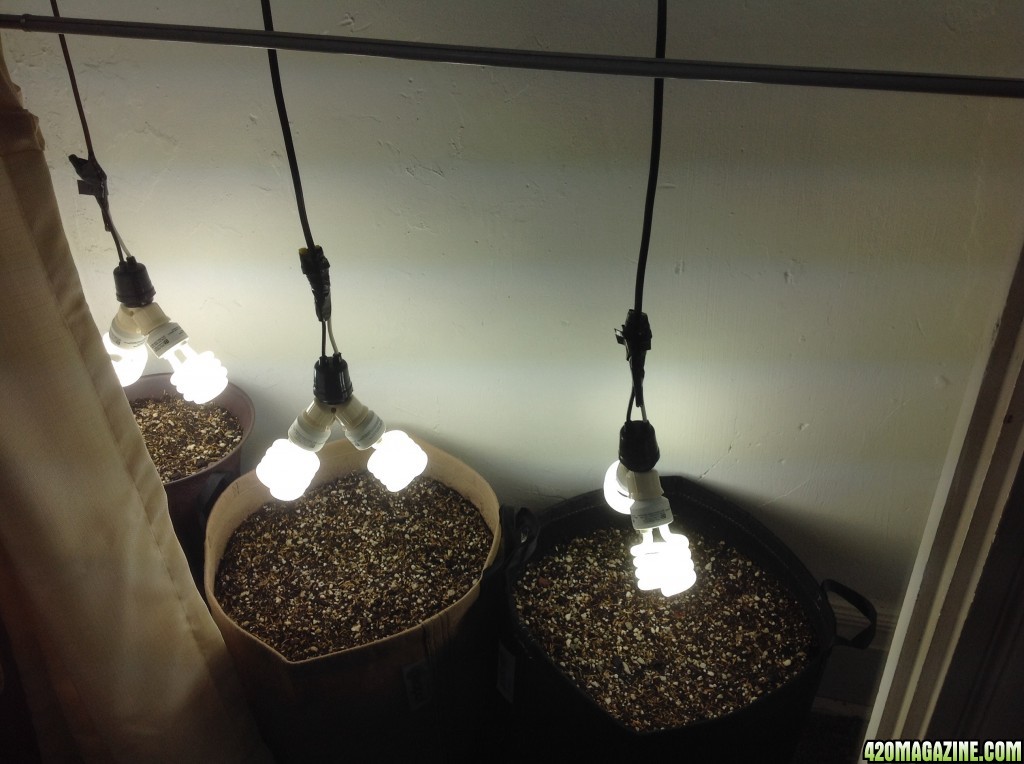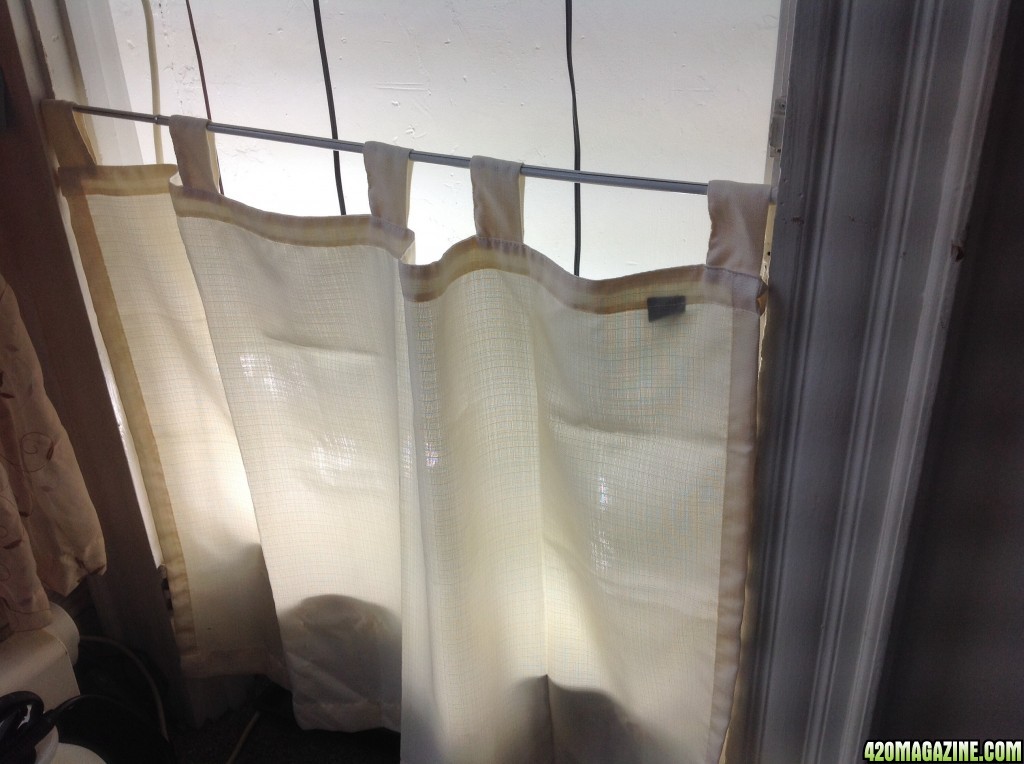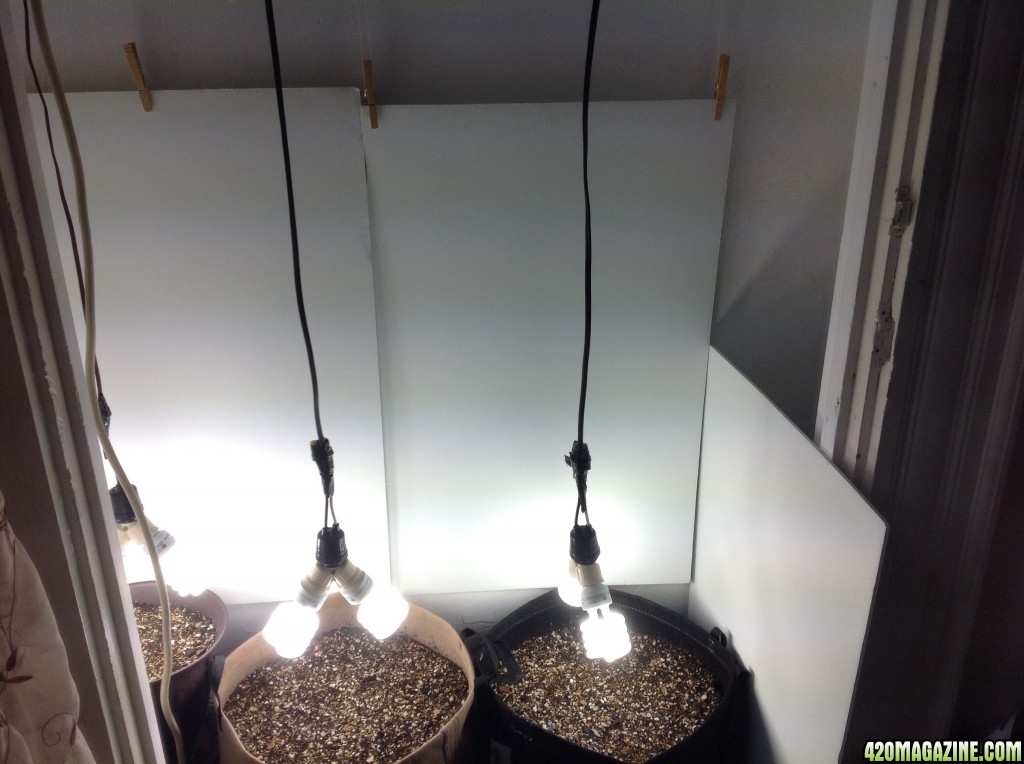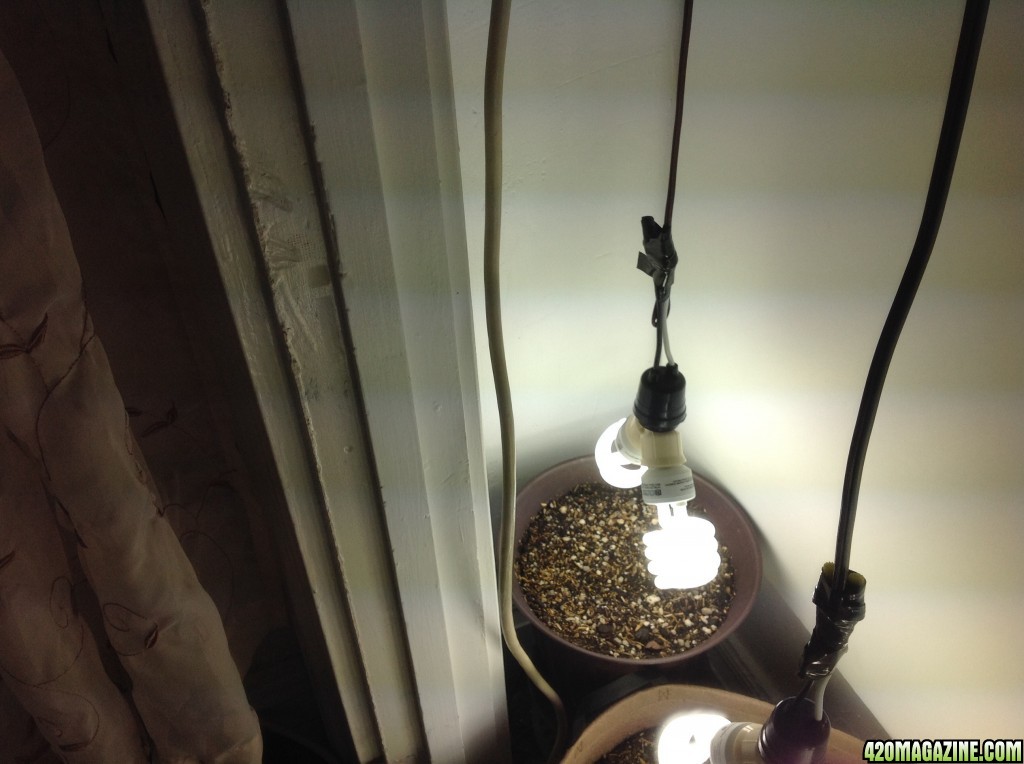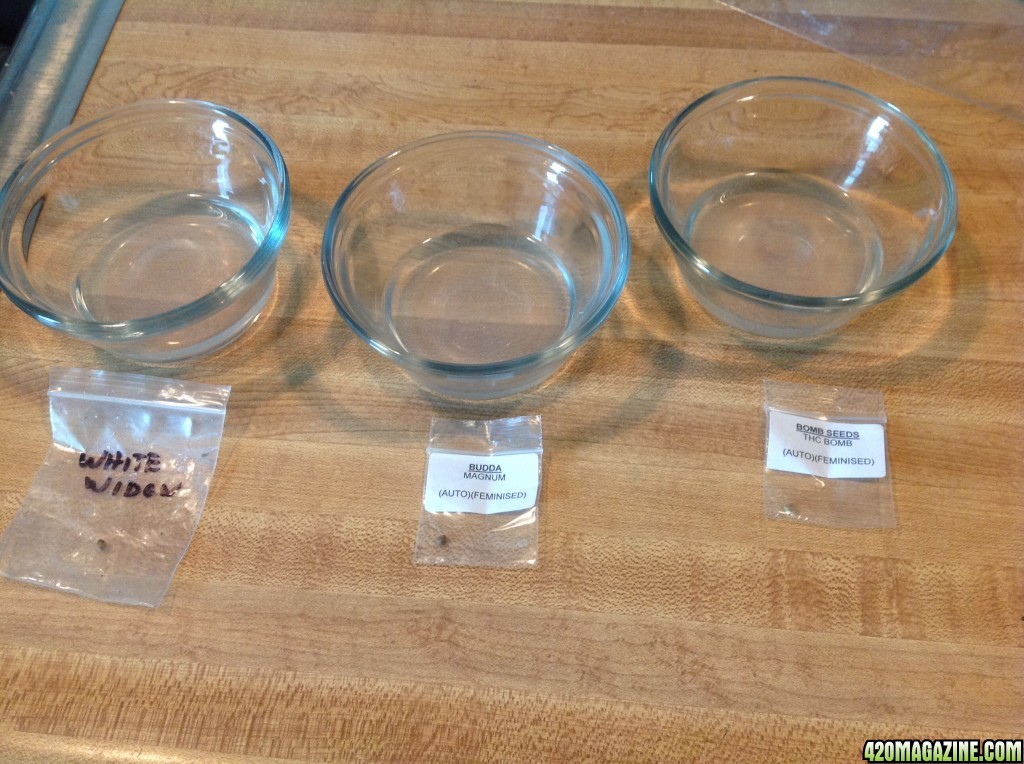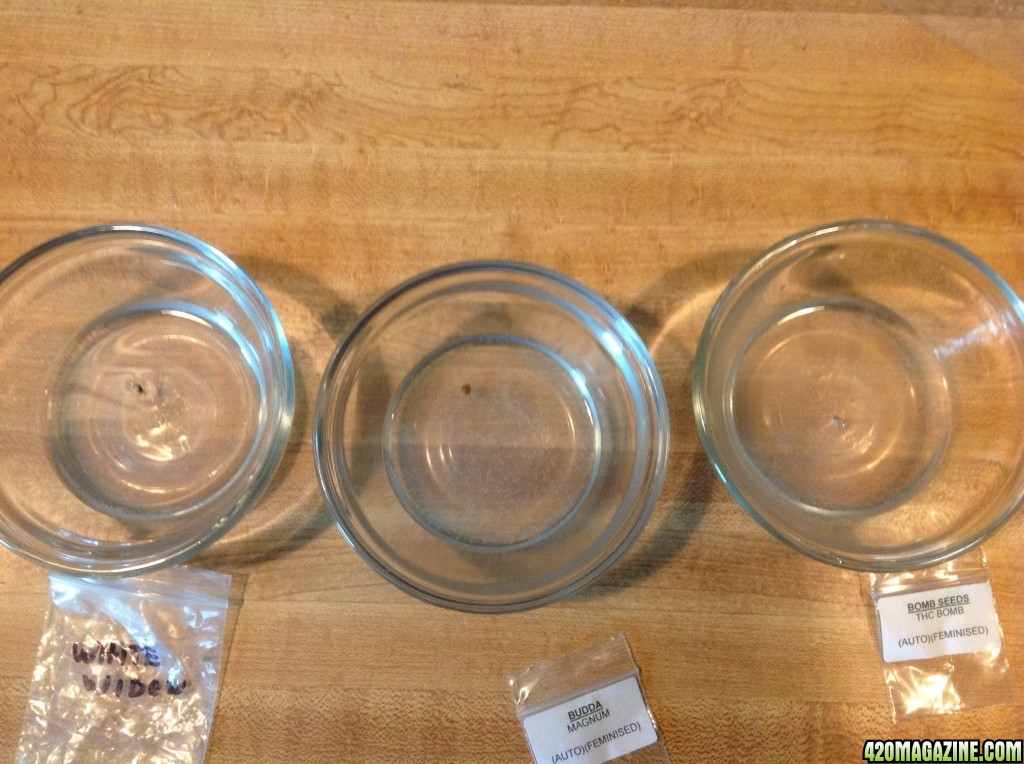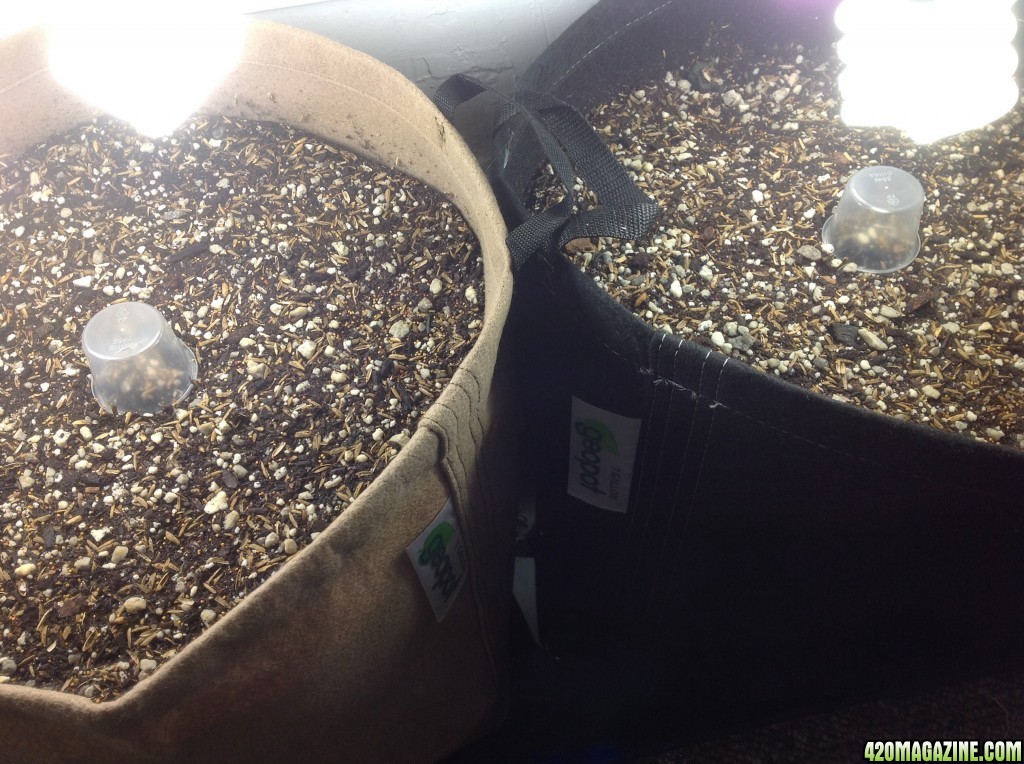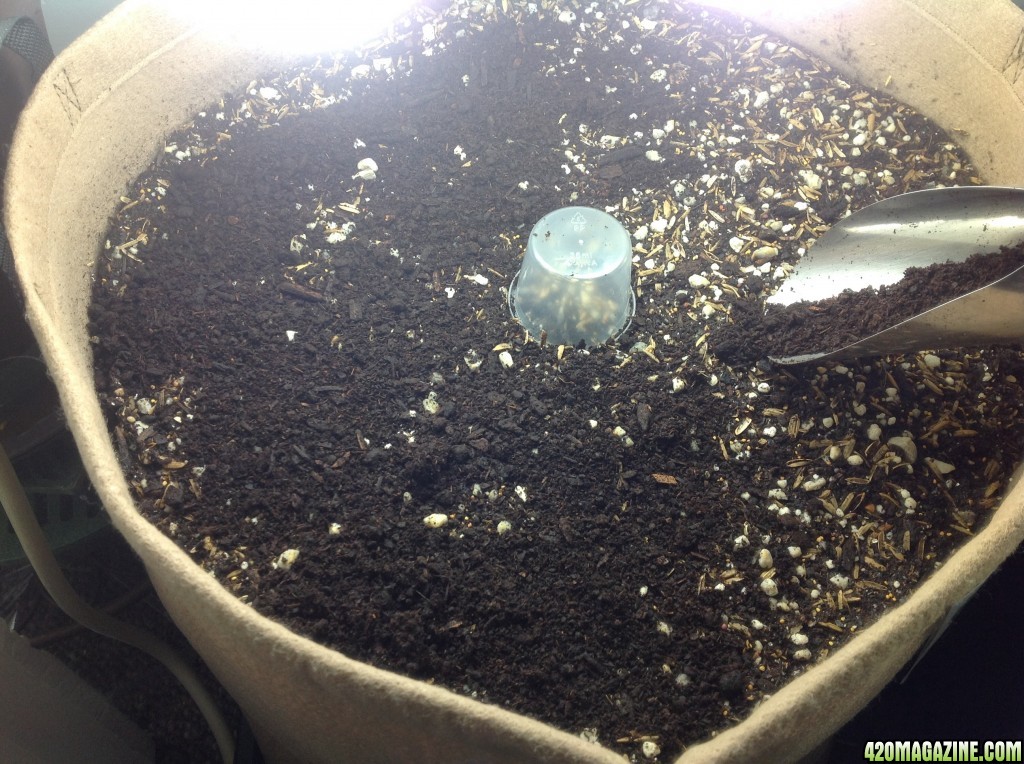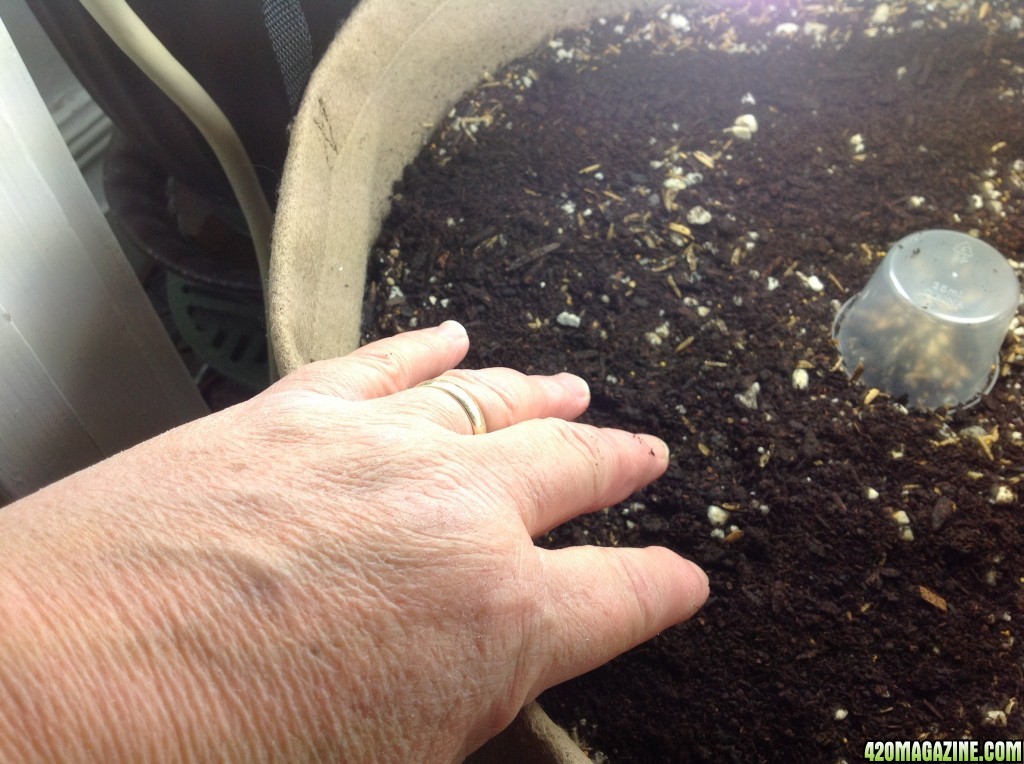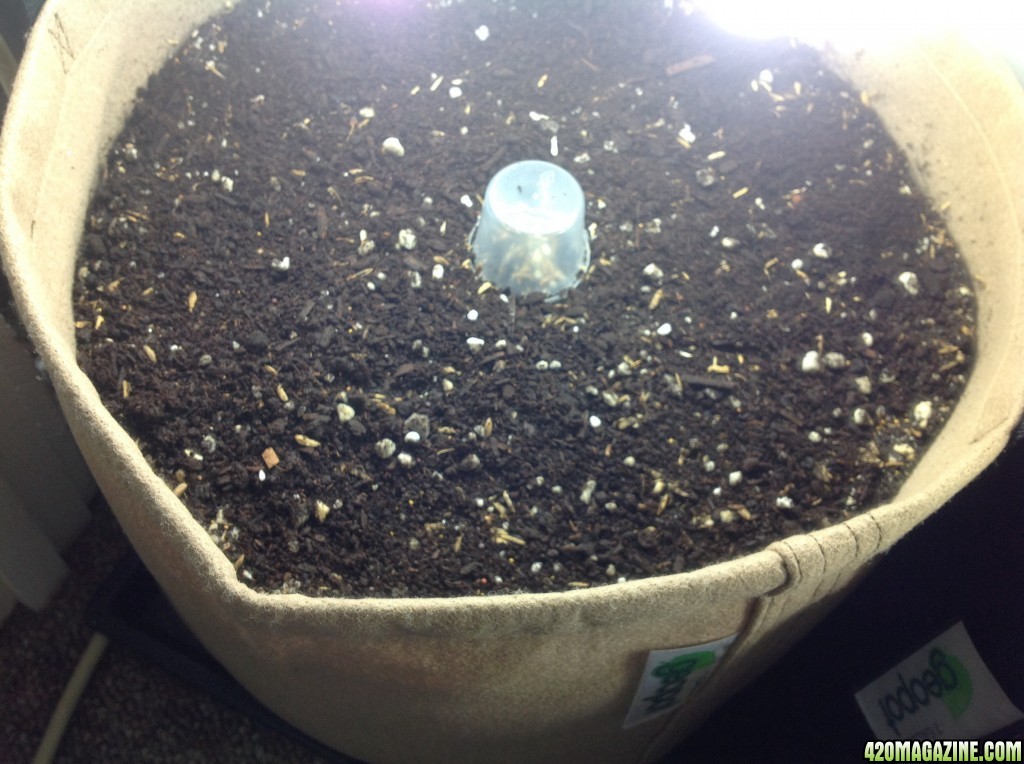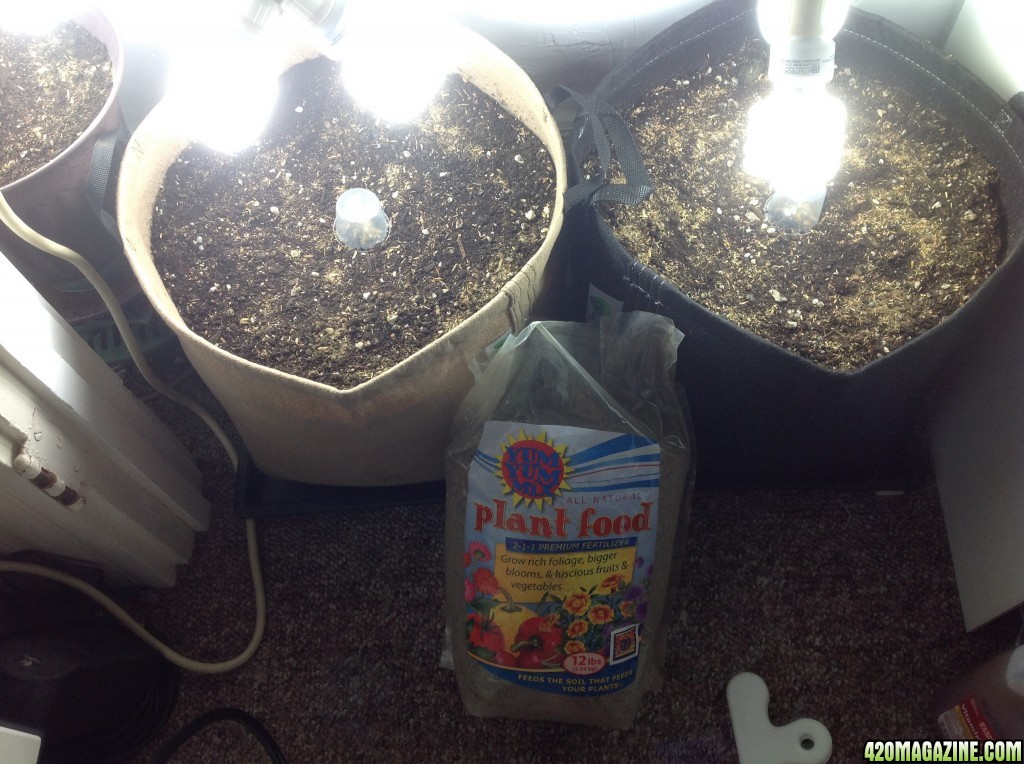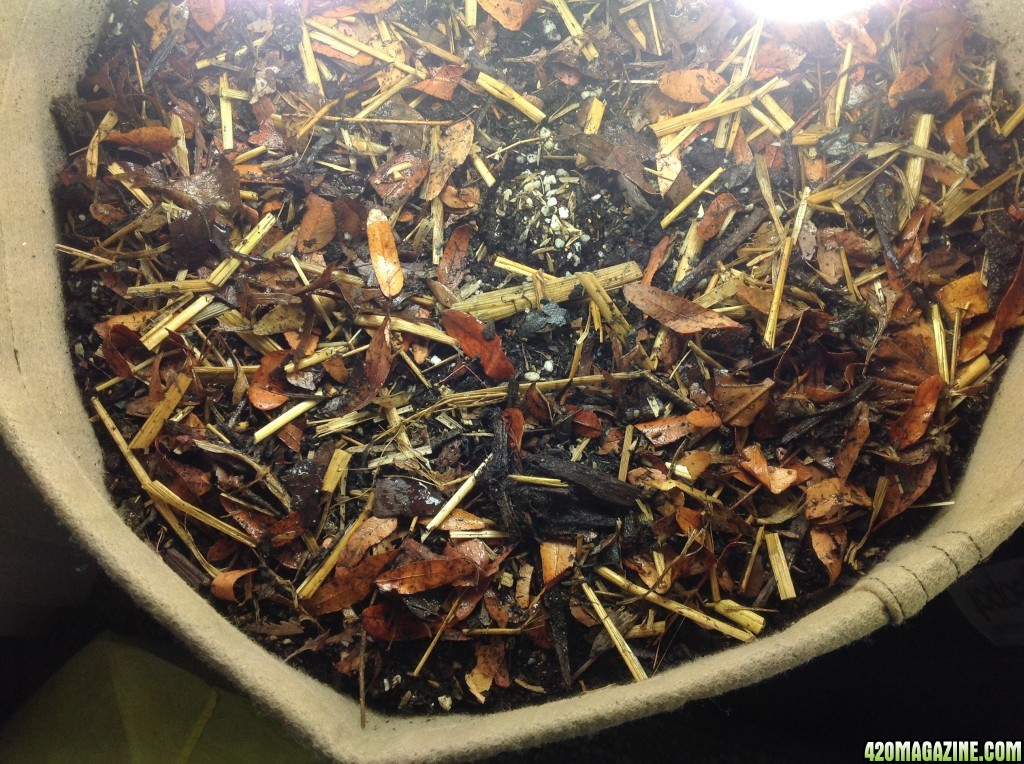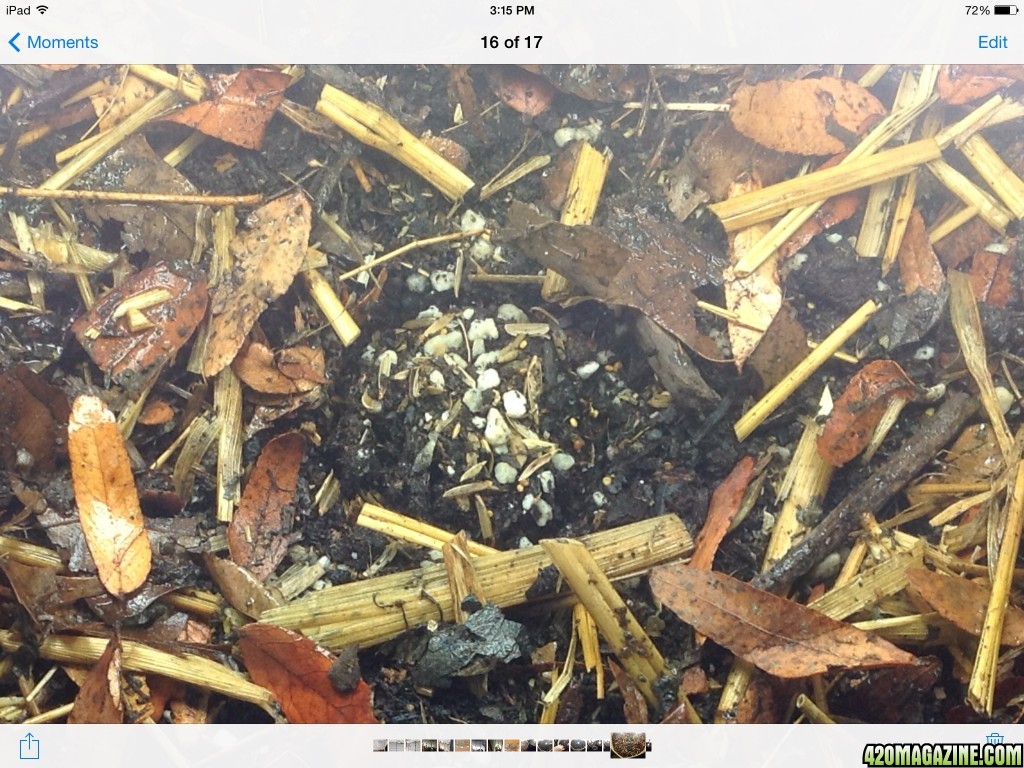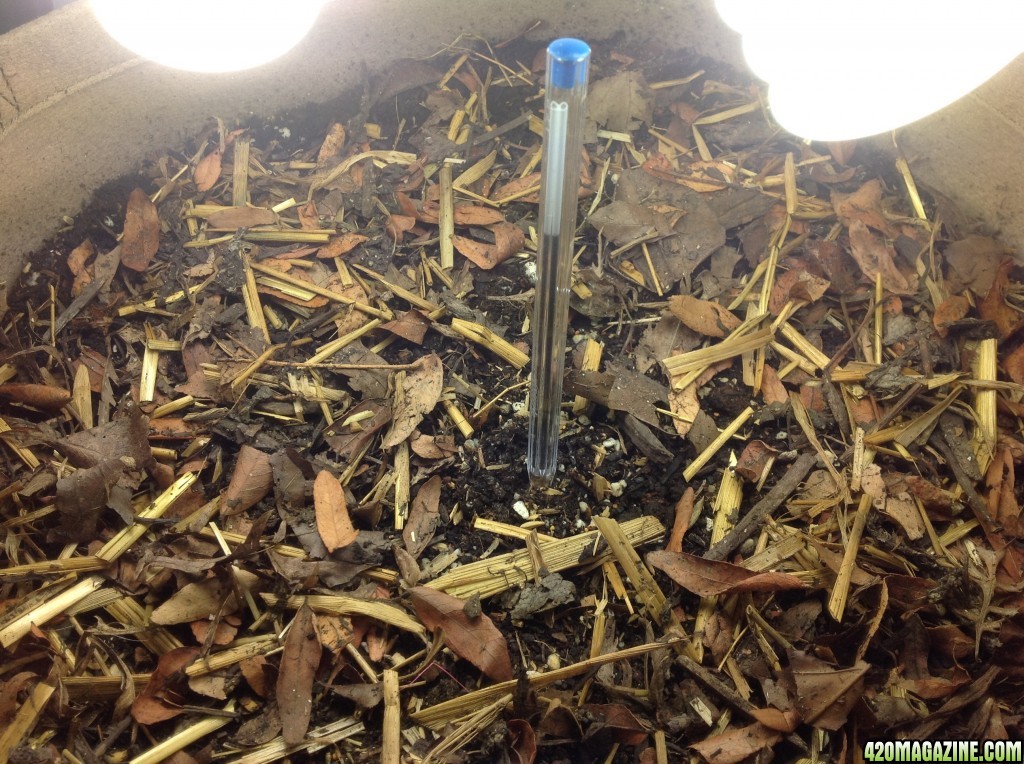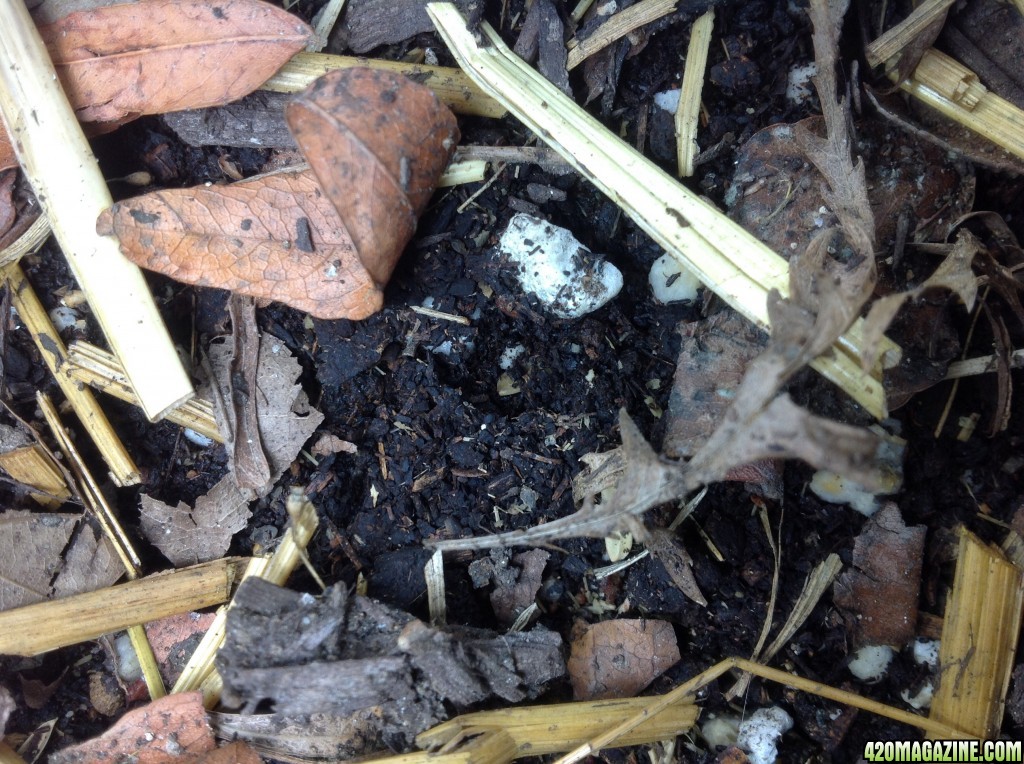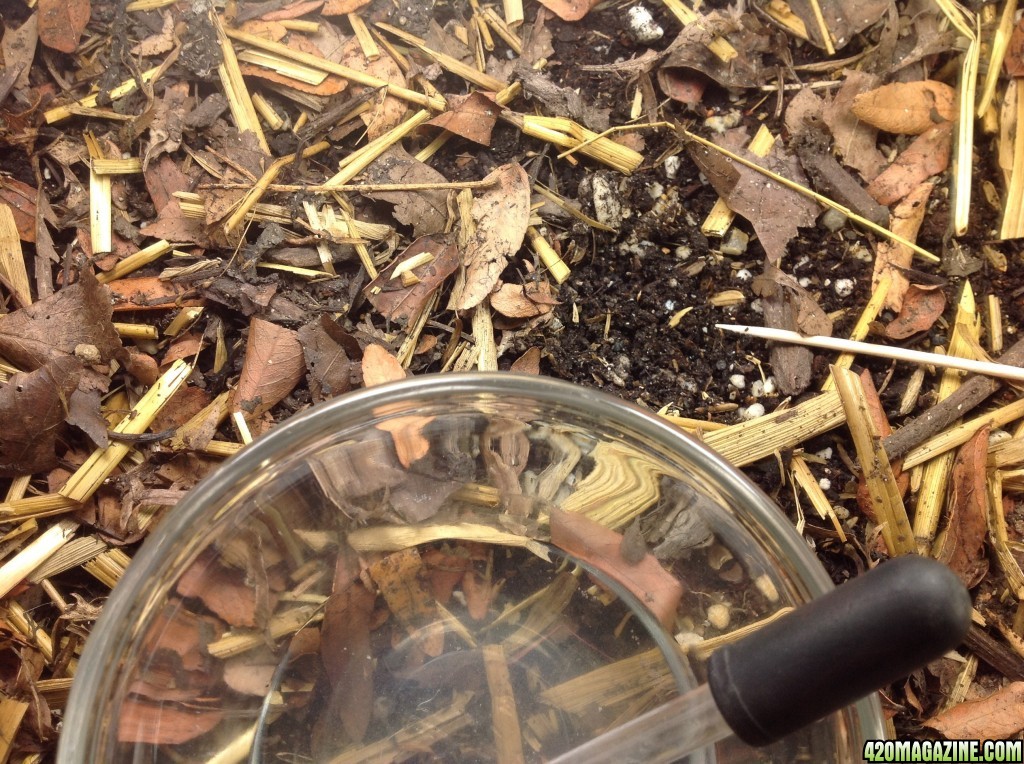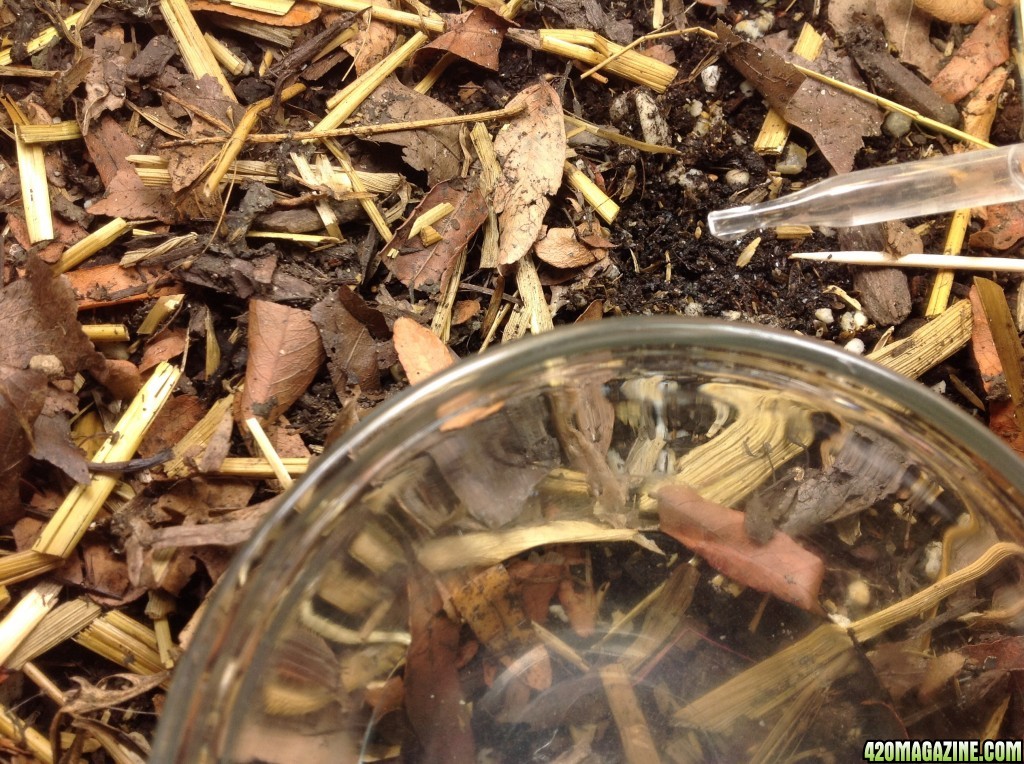- Thread starter
- #101
Mycorrhizal and worms ordered. That's the last of my purchases this month. From here on out I improvise or I wait until next month.
How To Use Progressive Web App aka PWA On 420 Magazine Forum
Note: This feature may not be available in some browsers.
 oh and I also dumped all the pebbles I used to use....
oh and I also dumped all the pebbles I used to use....  This is a fun journal to follow, you can tell you're having lots of fun.
This is a fun journal to follow, you can tell you're having lots of fun.  I'm sure in the future lots of newer growers will learn a ton from you doing this! thanks again for sharing.
I'm sure in the future lots of newer growers will learn a ton from you doing this! thanks again for sharing.
